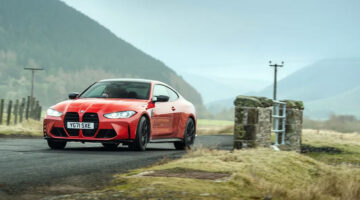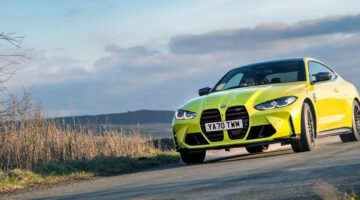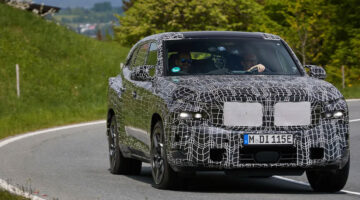Rough or rugged – the GS is at home on and off the beaten path.
| Engine | Power | Torque | 0-100kph | Top speed | Weight | Price |
|---|---|---|---|---|---|---|
| 1,170 ccm | 125 hp @ 7,750 rpm | 92 lb-ft @ 6,500 rpm | N/A | 200 kph+ | 538 lbs wet / unladen | $20,000 |
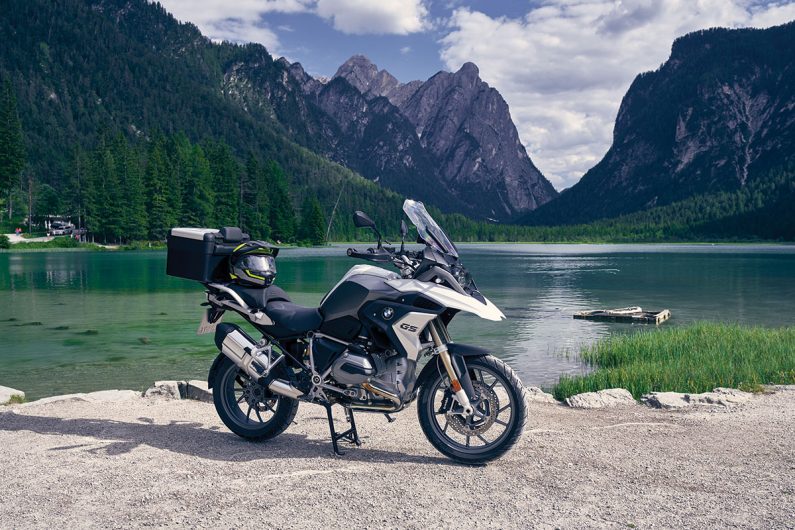
| Well crafted ADV icon. Top performance on and off-road. | |
| Recently replaced with the R1250 GS. |
I have always been a fan of the air-cooled boxer in BMW’s R1200 GS, and as such, was a little reluctant when for the 2013 model year, the introduction of liquid cooling was announced. Admittedly I’m a little biased, given that I still own a 2012 R 1200 GS Adventure, the last of the ‘pure’ air-cooled models. The GS legacy goes back to the 1980s with the legendary R80 G/S wins for BMW on the Paris-Dakar, so to re-create a boxer engine that helped create BMW’s formidable reputation in endurance riding was a bold move to say the least, and today this DNA still sits at the core of the GS.
The 2018 R1200 GS model retains a typically down-to-earth character, while the water-cooled flat-twin boxer that delivers 125bhp and 92lb ft at 6,500rpm runs smoother than ever. Weighing 230kg, the power-to-weight ratio is a solid 248bhp/ton, meaning the GS should, in theory at least, plough through mud and dirt in surprisingly light fashion; and so it does.
Our extensive ride, all 3500 km of it, takes us from Germany into Austria and through Italy, across some of the best mountain passes in the world (at our peak, we hit 2830 metres of elevation). We travel over 20 passes in just a few days – more than enough time to conclude that the optional Riding Mode Pro package does make a real difference to how the bike behaves, evaluating road conditions, distributing power and adjusting the engine, ABS and traction control.
The GS and GS Adventure come with two standard driving modes: Road and Rain, both adjusting not only the traction control and engine power delivery but also the responsiveness of the fly-by-wire throttle. The optional riding modes package adds two more to the selection: Dynamic and Enduro. In Dynamic mode the ABS is set to be more stable, the acceleration is direct and the damping is stiff – all to ensure more dynamic riding on perfect road conditions. Enduro softens the damping and the acceleration, resets the traction control and the ABS adjusts to allow the wheel to swing around when off-roading. Still, the majority of riders will likely never venture any further than Dynamic.
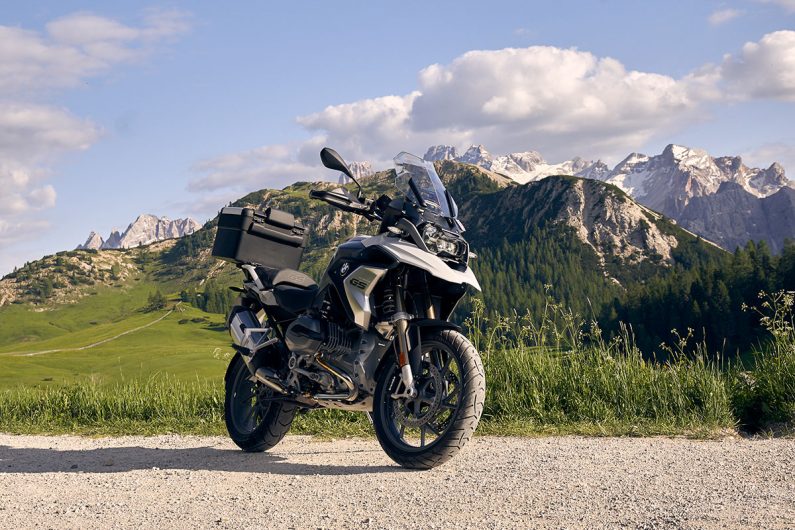
Before I can lean into corners and hairpins of the Alps, to see how well the various electronic aids control the ride, I must first get comfortable in the saddle for the long stretch from Bavaria’s capital, Munich, to the Alps around Verona. The GS is not a ‘cruiser’ in the same vein as the opulently plush K1600GTL, but there is a noticeable difference in highway comfort compared to the previous model. The ride feels smoother on the road, the Dynamic ESA and adjustments to the engine and drive train are damping out the rougher stretches of tarmac impressively well and removing any unnecessary vibration through the seat. Five hours quickly breeze by.
The first few swings into and out of turns in the Italian Alps, quickly remind me why this bike is so popular with riders who seek comfort but don’t wish to give up on the ‘thrill of riding’ (sorry), even off the beaten path. I’m also reminded why I still enjoy my ’12 GS to this day and, a little begrudgingly, I have to admit BMW has done an excellent job with its successor.
Power delivery, regardless of riding mode, is immediate. The ever-present torque, computer-assisted stability, and decent riding position turn the GS into a lightweight to throw in and out of corners. There’s no running out of steam if you hit a corner one gear higher than you should – simply twist the throttle open a little more and the bike pushes through this threshold with ease. In the lower revs and with the riding mode set to Dynamic, the power is easily controllable and the ABS doesn’t intervene too quickly, and while the GS is not your typical bike to knee drag, one could, and the GS would happily go along with it.
More than anything though, this bike is built and engineered with the comfort of riders in mind, yet remains able to tackle mud, dirt and sand, cross rivers and waterholes and deal with any obstacle that does not exceed the size of a average sized family house.
Admittedly there is a lot of romance in my own, less-advanced GS but, after experiencing the features and innovations of this latest generation, the model still feels like it provides a balanced mix of performance and technology without impeding the ‘Dakar’ heritage or the overall riding experience.

